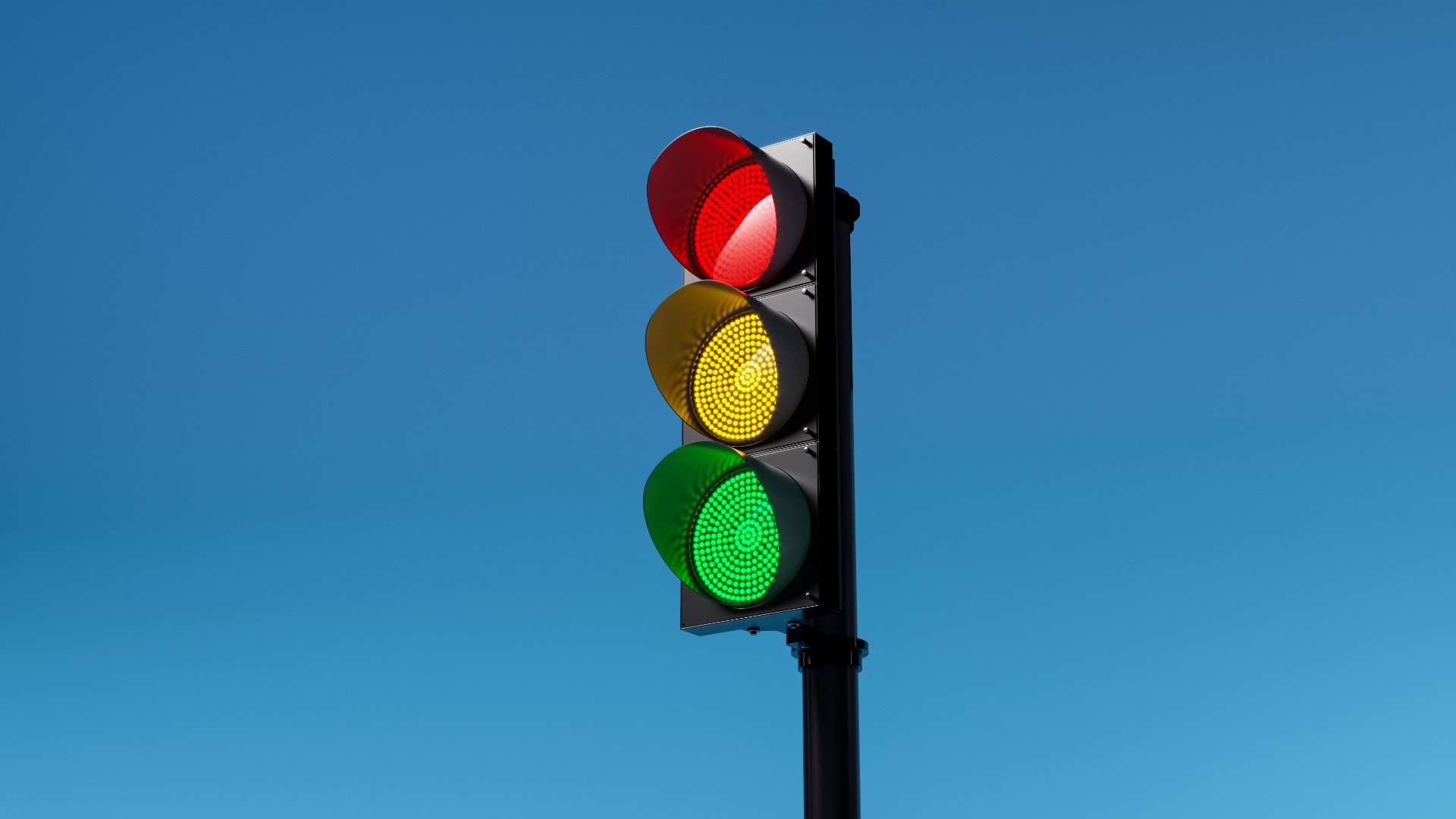DES MOINES, Iowa — Speeders who got caught aren’t the only ones with passionate opinions on automated traffic enforcement equipment like speed and red light cameras — it’s an issue legislators have gone back and forth about for over a decade.
Now, a bill regulating ATEs is on its way to Iowa Gov. Kim Reynolds’ desk.
Before this bill, state regulations for ATEs didn’t exist. If signed into law, cities and towns using or planning to use ATEs will have a checklist of state-ordered requirements to follow.
According to the Iowa Department of Transportation, more and more local governments have been sending the ATE requests in the last few years.
Prairie City is one of them.
Local 5 previously spoke to Prairie City Police Chief Kevin Gott about how ATEs have impacted the city.
“Previously, we were getting 20 or 30 violations a day in the school area. Now we’re down to maybe one or two a day," Gott said.
Multiple law enforcement officials believe they’re effective safety tools.
Others like Sen. Brad Zaun, however, are skeptical about possible monetary motives behind ATE installations.
“I just think that they’ve become more about revenue," he said.
And they are big money-makers. In fiscal year 2023, multiple local governments in Iowa got over $1 million in revenue from the devices, with some even bringing in multiple millions.
Now, however, there will be limits not only on how that revenue is spent but how ATEs can be used and which localities qualify to use them.
For instance, violations will only be enforced for people who go 11+ mph over the speed limit.
There will also be limits on how much those violators can be fined.
When it comes to the money made from those fines, local governments will only be able to use it for transportation infrastructure improvement and police and fire operation costs.
Signage notifying people of ATEs on the road will also be required.
Local governments will need to get permits for ATEs, too. Those will be issued based on whether or not they can prove the device is both appropriate, necessary and the least restrictive way to address a critical traffic safety issue.
And there's a checklist that application must include. For instance, data on the number, severity and type of traffic violations at the proposed ATE location. They also have to include details on alternative methods of improving traffic safety at the proposed location that were either implemented or considered.
There will be some extra restrictions on smaller communities as well. For instance, towns and cities with 20,000 people or less can't use mobile ATEs. Neighborhoods, construction zones, school zones and places where it’s dangerous to enforce traffic violation via other methods are exceptions to that.
Although ATE violation citations traditionally go to the owner of the vehicle — which has become a point of criticism — under this legislation, fines can be switched to the person who actually drove the vehicle if the owner submits sufficient evidence that someone else was driving at the time of the violation.
Iowa towns and cities that have been using ATEs since before 2024 will be able to continue using them as they have been while waiting for their permit applications to be approved. If signed into law, permit applications will be approved by Oct. 1, 2024 at the latest.
This legislation would also put restrictions on automated registration plate readers. For instance, the operator of the automatic registration plate reader or any associated data storage device has to permanently delete all pictures of vehicle registration plates and any other accompanying data in 30 days or less after the picture was taken. Law enforcement can copy and save that information and pictures if relevant to an ongoing criminal case or investigation.

